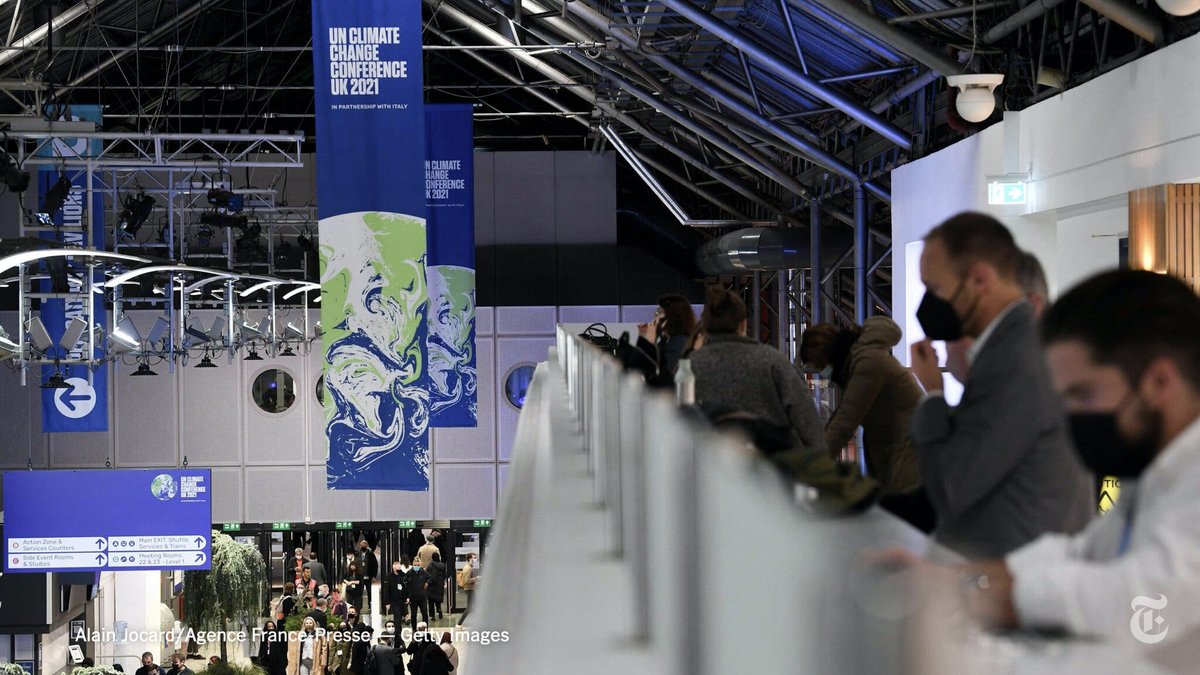
Democrats in Illinois have drawn a new congressional map that could give them 14 of the state's 17 House seats.
Here's how mapmakers use gerrymandering to determine how much your vote really counts: nyti.ms/3EUkPVx
Here's how mapmakers use gerrymandering to determine how much your vote really counts: nyti.ms/3EUkPVx
Changes to district maps can alter the balance of power in Congress and in the states. With an extremely slim Democratic margin in the House of Representatives, simply redrawing maps in key states could determine control of Congress in 2022. nyti.ms/3EUkPVx
Redistricting is an intensely political process and can alter the fairness of elections.
One method of gerrymandering — "cracking" — is used to break up a cluster of a certain type of voters and spread them among several districts, diluting their vote. nyti.ms/3EUkPVx
One method of gerrymandering — "cracking" — is used to break up a cluster of a certain type of voters and spread them among several districts, diluting their vote. nyti.ms/3EUkPVx
Another method — "packing" — is when maps are drawn to cram the members of a demographic group, or voters in the opposing political party, into one district or as few districts as possible. nyti.ms/3EUkPVx
In 2012, North Carolina enacted an aggressively gerrymandered map. Democrats won 50.6% of the statewide congressional vote, but only four of 13 House seats.
(Federal courts eventually forced the state to redraw the map — twice.) nyti.ms/3EUkPVx
(Federal courts eventually forced the state to redraw the map — twice.) nyti.ms/3EUkPVx

In most states, the party that controls a state legislature gets to draw the maps. The state elections get far fewer resources than those for Congress.
Here are more answers to key questions about redistricting and gerrymandering. nyti.ms/3EUkPVx
Here are more answers to key questions about redistricting and gerrymandering. nyti.ms/3EUkPVx
• • •
Missing some Tweet in this thread? You can try to
force a refresh














